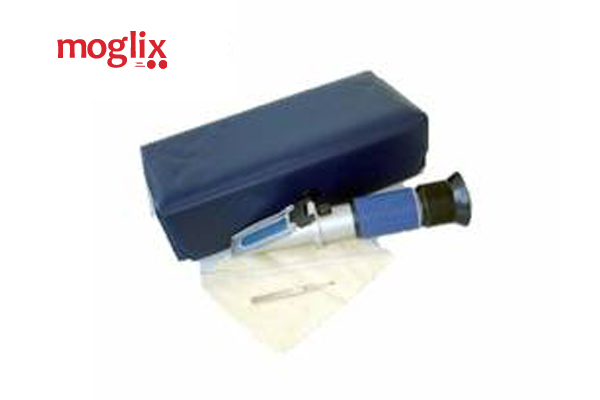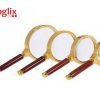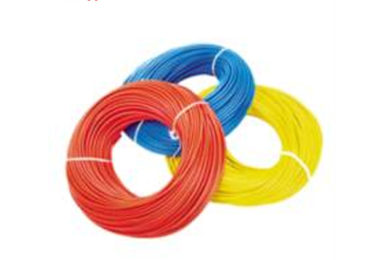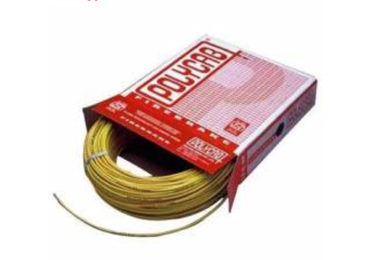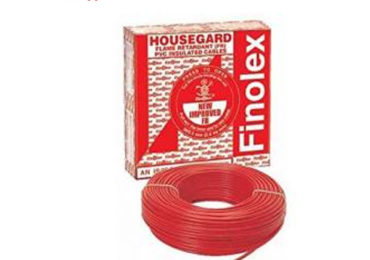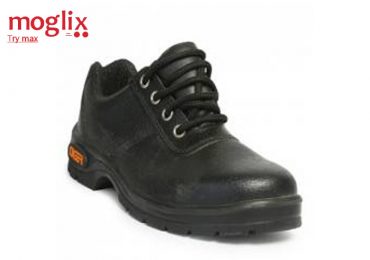A traditional refractometer is an analog instrument for measuring a liquid’s refractive index. It works on the critical angle principle by which lenses and prisms venture a shadow line onto a small glass reticle inside the instrument, which is then viewed by the user through a magnifying eyepiece.
Digital Refractometers
The digital refractometer has relatively more features compared to an easy to use a refractometer and is more cost-effective than a desktop unit at the same time. Besides the refractive index, salt and sugar scales, up to two other user-defined scales can be designed. To perform this task, a digital refractometer can be connected to a PC via a serial interface. The software supplied with it allows outcomes to be controlled and printed out.
While using, a sample is kept between a small cover plate and a measuring prism. The light traveling through the sample is either passed through to the reticule or totally internally reflected. The net result is that a shadow line forms between the dark area and the illuminated area. This is the place where this shadow line crosses the range that a reading is taken. Because refractive index is too much temperature dependent, it is necessary to use a digital refractometer including the feature like automatic temperature compensation. The use of a digital refractometer initiates opportune and quick measurement of concentration in a number of semi-solid and liquid samples.
READ: How Should You Fix the Accuracy of a Digital Refractometer?
Digital refractometers are also commonly used to control blend ratios of various industrial liquids. Chemical blends such as battery acid, glycols, automotive antifreeze, heat exchange fluids, jet fuel ice inhibitors and aviation wing de-icing chemicals can be controlled easily whilst measurement of industrial fluids such as coolants, quenchants, and hydraulic oils are routine.
Digital refractometers are usually much more accurate than traditional refractometers, but less precise than the most benchtop refractometers. They also may need a comparatively larger amount of sample to read from since the sample is not spread thinly over the prism.
Industries that use Digital refractometers
One of the most common uses for digital refractometers is in wine-making. Measuring the sugar content of the fruit or grapes helps to determine ripeness. Sugar manufacturers’ need digital refractometers to determine the solution percentage of sugar in saps, syrups, and concentrated sap. Veterinarians can use the digital refractometers to determine the concentration of protein in blood samples. Serious marine aquarists will use one to determine the salinity of their tanks. The food applications contain the calculation of the amount of sugar present in grape must and other processed food, fresh fruit, sugar solutions and beverages. Starch, salt solutions, and honey may also be measured.
No matter why you are using a digital refractometer, you’ll find them to be very similar and to come in a wide variety of price ranges. Be very careful to read and follow manufacturer’s instructions for calibrating your new instrument. Calibration is very important to get an accurate reading. When you’re ready to test be sure that you use fresh samples of sugar or blood for the best readings concerning the concentrations of those fluids.

